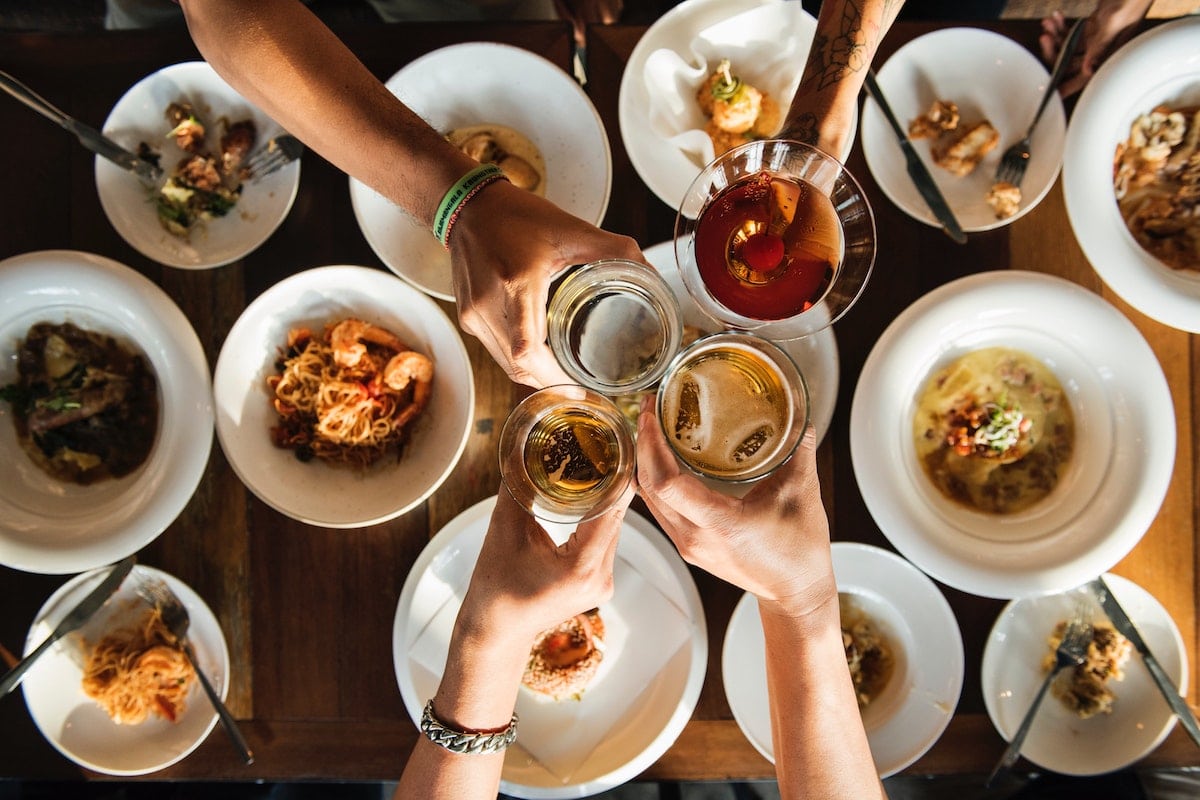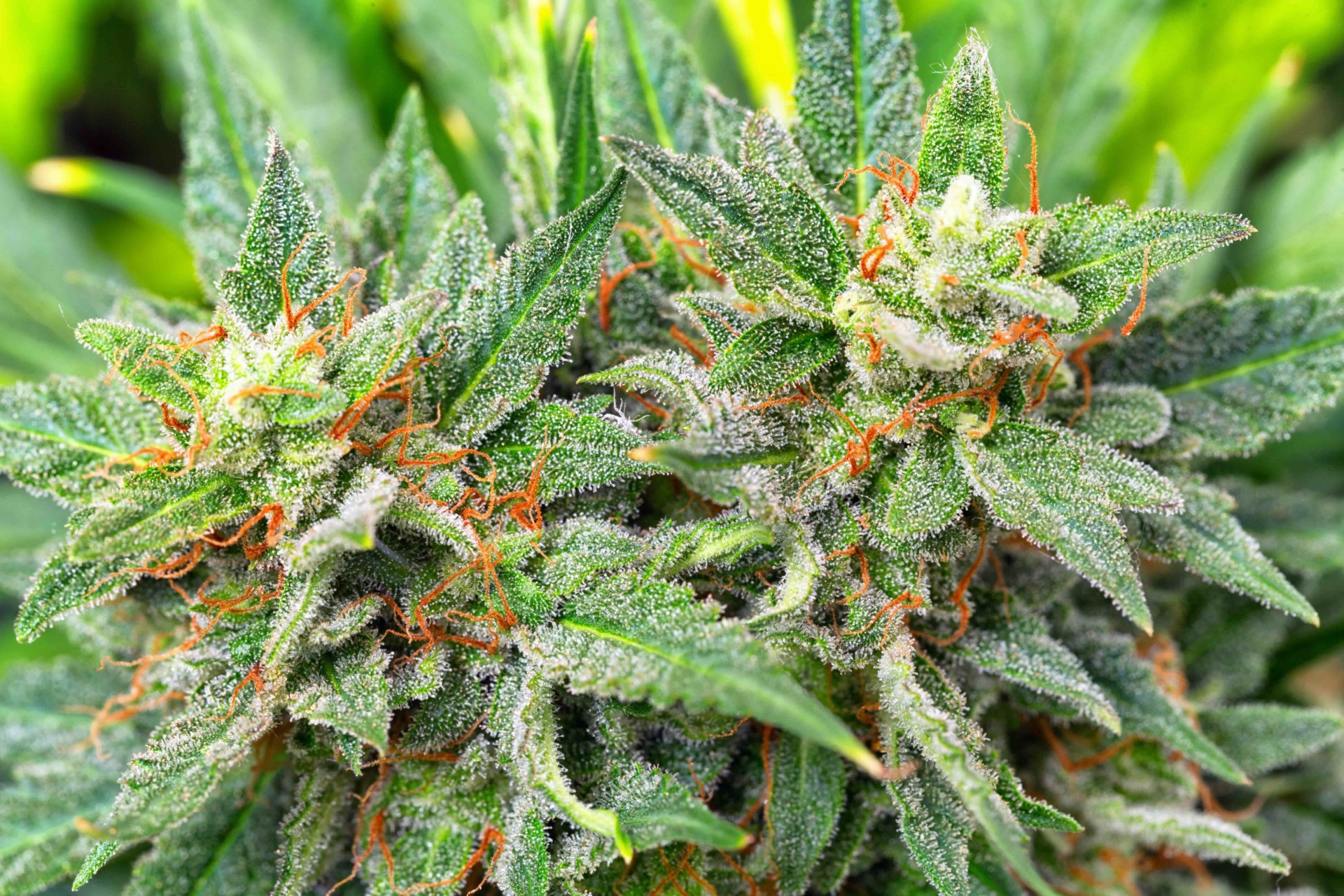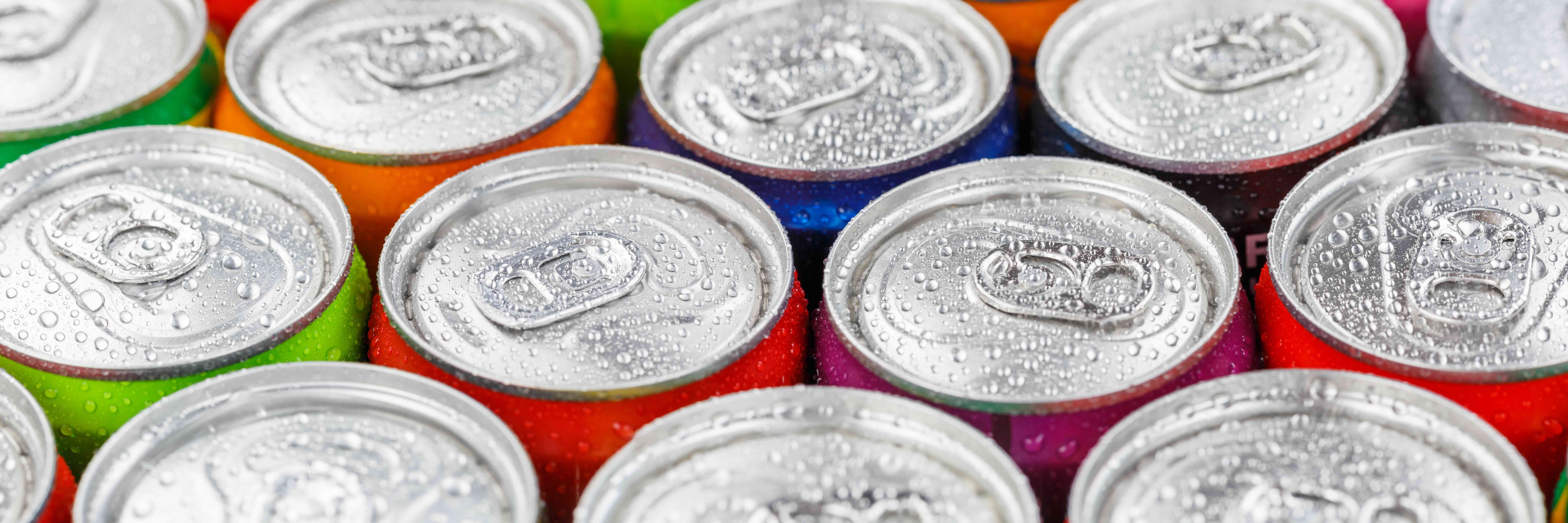
What Food and Beverage Manufacturers Can Learn from Craft Beer
Food and beverage manufacturers can take some advice from the craft beer segment of the beer industry, which has experienced unprecedented growth over the last 10 to 15 years. The craft beer segment continues to chip away at the market share of macro beer producers and the number of craft breweries will hit 7,000 by the end of 2018.
Having worked in the food and beverage industries and having worked with more than 100 breweries throughout the United States, I want to offer some observations and suggestions on how other food and beverage manufacturers can elevate their own categories much like craft breweries have done with beer.
Collaboration
In 2010, craft beer made up only 4.97 percent of the total United States beer market by volume. In 2017, craft beer made up almost 13 percent of the total United States beer market by volume, a 260 percent increase over a 7-year period. While breweries are certainly competing for the same retail placements and tap handles, the craft beer category has been elevated by an attitude of collaboration over competition.
Craft breweries regularly share best practices and information that many other industries would protectively guard from competition. Craft breweries also regularly collaborate on special release beers and events, efforts that, in part, are aimed at elevating the entire craft beer category above one particular brewery. Other food and beverage manufacturers seeking to expand a product category should follow the collaborative lead of the craft beer industry because there is little doubt this philosophy has elevated the entire craft beer industry.
Innovation
The only thing that has outpaced the overall number of craft breweries in the last 20 years is the number of styles of beers that craft breweries have introduced to the mainstream United States market. From saisons to Berliner weisses and goses, craft breweries have aggressively challenged consumer preferences by introducing European styles of beer and supplementing them with ingredients spanning every conceivable flavor profile from sriracha to coffee and even fried chicken.
Innovation abounds in the craft beer industry as consumers demand hyper-local products that integrate novel ingredients using pioneering processes. Innovative food and beverage manufacturers can expand product categories much the same way craft breweries have expanded the craft beer category. By continuing to challenge traditional conventions, food and beverage companies can satiate consumer demand for new products and re-positioned legacy products.
Story Telling
In a highly competitive retail placement market, breweries are constantly crafting strategies to increase the consumer of pull of their products through the supply chain. One of the most compelling strategies is simply telling a good story. And while, on the surface, this seems elementary and over simplistic, telling a compelling story and building consumer trough it requires a significant amount of introspection, vulnerability, authenticity, and discernment.
In The Story Factor: Inspiration, Influence, and Persuasion through the Art of Storytelling, Annette Simmons points out:
"Other methods of influence - persuasion, bribery, or charismatic appeals - are push strategies. Story is a pull strategy. If your story is good enough, people - of their own free will - come to the conclusion they can trust you and the message you bring."
If consumers trust a company and its brand, they will naturally buy more of their products and remain loyal.
Disruption
The entire craft beer segment of the beer industry is predicated on and was built off disrupting a product category. Craft breweries have fundamentally altered the who, what, when, and where beer is consumed in the United States. With a renegade and anti-establishment disposition, craft breweries are disrupting existing product categories and creating new ones.
Other food and beverage manufacturers are beginning to follow this lead as new product categories are being revolutionized and dated product categories get new life. From the increased use of plant-based proteins to mimic meat to the evolving functional beverage space, food and beverage companies should continue to disrupt existing product categories and challenge norms.
Engagement
Operating in a regulated industry unequivocally mandates engagement in regulatory and political processes. On a national level, the craft beer industry is represented by the Brewers Association, a forceful national trade association whose primary purpose is to promote and protect American craft brewers, their beers and the community of brewing enthusiasts.
The Brewers Association has been instrumental in positively influencing public policy on the national level while pushing down financial and other resources to state guilds. For the past decade plus, state guilds have successfully lobbied for beneficial legislation for craft breweries, including on-premises sales, self-distribution, and franchise reform
Much like the craft beer industry, other food and beverage manufacturers are heavily regulated, making it critically necessary they engage in public policy and the legislative process at the federal and state level. Food and beverage manufacturers should seek out and join federal and state trade associations that provide mission fit. If a state does not offer a trade association for a particular community of producers, create one.





